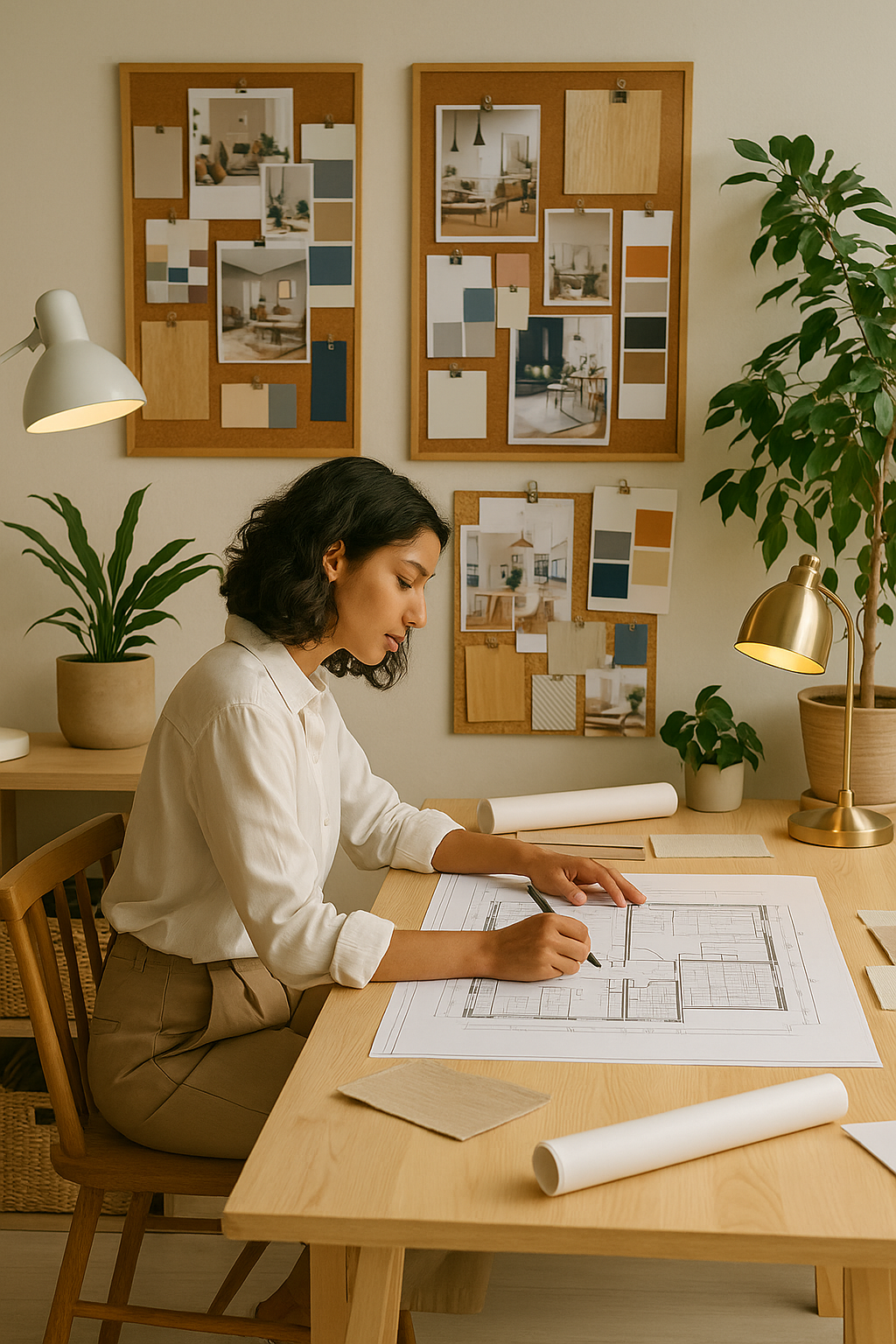Colour has the incredible power to change how a space feels. A good interior designer knows how to wield the power of colour to provoke particular feelings and establish a mood in a space. By understanding colour psychology and using it strategically, a designer can significantly alter how people perceive a room. This blog post will explore the psychology of colour, its role in the creation of mood and atmosphere, successful colour schemes and combinations, ways to highlight important design elements, approaches to design problems, incorporating colour through accessories and artwork and the value of neutrals and texture.
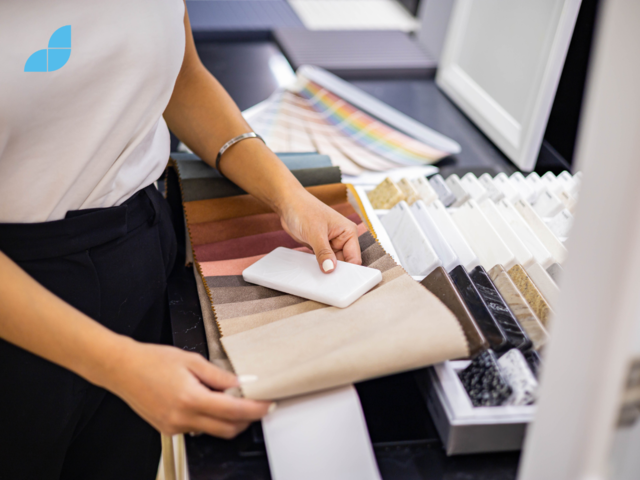
Understanding the psychology of colour and creating an atmosphere
It is the responsibility of an interior designer to truly understand and to respect the power a colour can have on human emotions. Different colours have different meanings and people often make certain connections and associations with colour. Colour also has the power to evoke deep feelings. A warm, earthy colour on the wall of the living room for instance, can instantly create feelings of cosiness and warmth. Cool hues however, can create a serene and tranquil atmosphere that's ideal for bedrooms or relaxation spaces. The colour scheme chosen has a significant impact on how people using the place will feel.
By understanding these core ideas, a designer can create an ambience suitable to the clients needs.
Colour combinations and schemes in interior design
Colour schemes can be designed in a variety of ways including complementary, analogous, and monochromatic.
On the colour wheel, complementary colours are located opposite one another and produce a bold contrast. Analogous hues on the other hand, are next to one another on the wheel and offer a feeling of harmony and cohesion. When a single colour is used in a variety of tones and shades, this is monochromatic and can create a striking aesthetic. A thorough insight into schemes and combinations will help a designer inform their clients on the best use of colour for their needs.
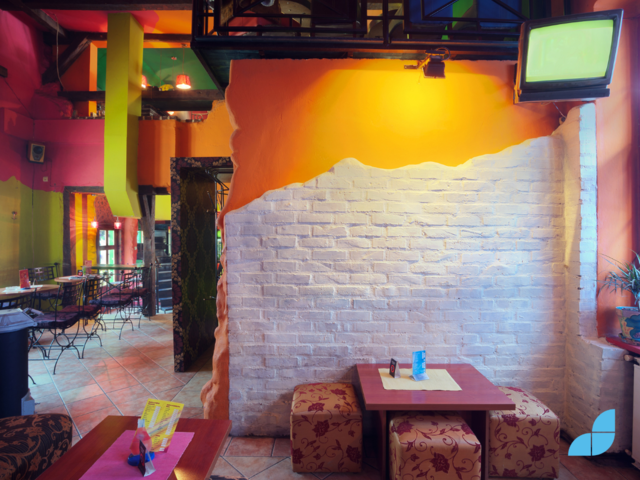
Highlighting key design elements
Using colour to highlight architectural details or focal points can be a cunning strategy for a designer. Features such as a fireplace, an accent wall, or a distinctive architectural aspect can be cleverly celebrated by choosing colour wisely. Depending on the size of the space or the amount of natural light available, colour can improve how space is perceived. Darker colours can evoke a feeling of intimacy, whereas lighter colours tend to make a space feel more spacious and airy. Designers can control the user's perception of space and direct their attention to desired elements by being aware of these principles.
Using colour to address design issues
Colour can also be used to solve design problems. For instance, when attempting to create a feeling of space in a small room, utilising light and neutral colours for the walls and furniture can provide the impression of fresh openness. The limitations of a space can be visibly altered with the right colour selections. In open-concept or multi-functional rooms, colour blocking separate areas can create the illusion of differentiation between zones while providing visual cues for transitions. By using colour in a clever way, designers have many opportunities to overcome spatial constraints and produce surroundings that are both useful and beautiful.
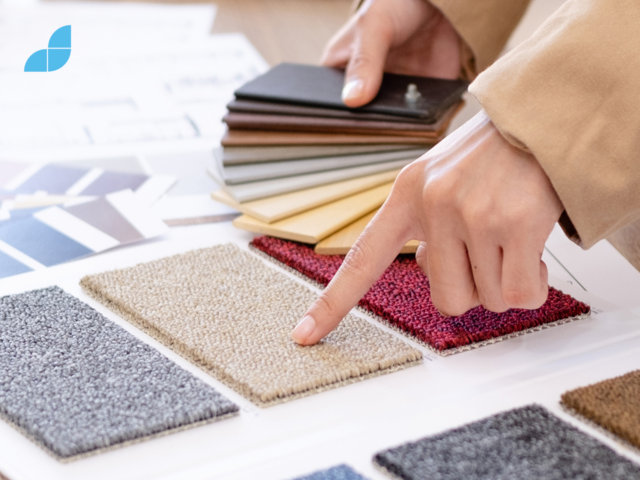
Making use of colour in accessories and artwork
Accessories and artwork are an interesting method of sprinkling colour throughout a scheme. Throw pillows, rugs, and curtains are examples of accent elements that can provide vivid colours to liven up a room. Designers can improve the overall colour scheme and establish focal points by arranging these components in appropriate locations across a space. A design can become a more dynamic and interesting space by carefully choosing items to contrast or enhance the colour scheme.
The role of neutrals and texture in interior design
Neutral colours should not be dismissed as bland or unexciting. When used properly, they can play a significant role in interior design. Shades of white, beige, and grey, provide a calming backdrop and allow for flexibility in colour choices over time. They serve as a grounding element that balances and harmonises the overall colour palette. Texture also contributes to the visual impact of a space. In the absence of bold colour, the combination of different textures, such as rough and smooth surfaces or matte and glossy finishes will add another dimension to a scheme.
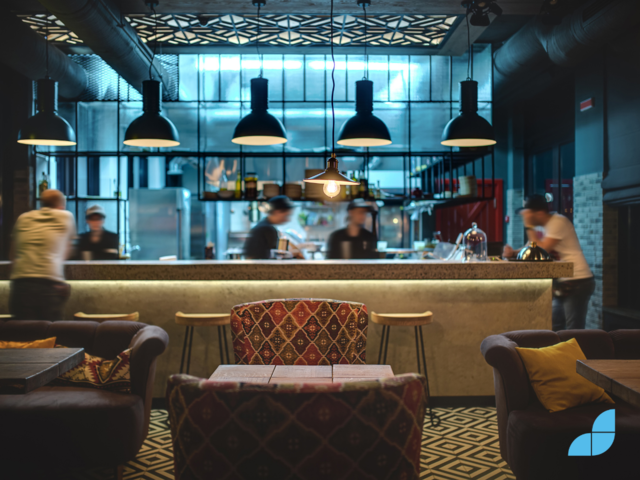
Colour is a powerful tool that has the ability to manipulate our feelings, generate ambience, and provide a visually fascinating experience. Interior designers can command this power by gaining a knowledge of colour psychology and tactically experimenting with different colour schemes and combinations. We have investigated how colour may be utilised to establish mood and ambiance, draw attention to important design components, address design problems, and infuse personality into a place through case studies and real-world examples. Interior designers have the unique opportunity to create wonderful places that improve the lives of those who live in them, by embracing the power of colour.
Are you ready to enhance your knowledge of colour in interior design? Our interior design academy offers in-depth courses that explore colour's influence on human perception. You can learn how to use colour to design engaging settings and master colour schemes while acquiring practical experience through interesting projects. Improve your design abilities and realise colour's full potential in interior design. Enrol in our courses to start your exciting road to interior design.

